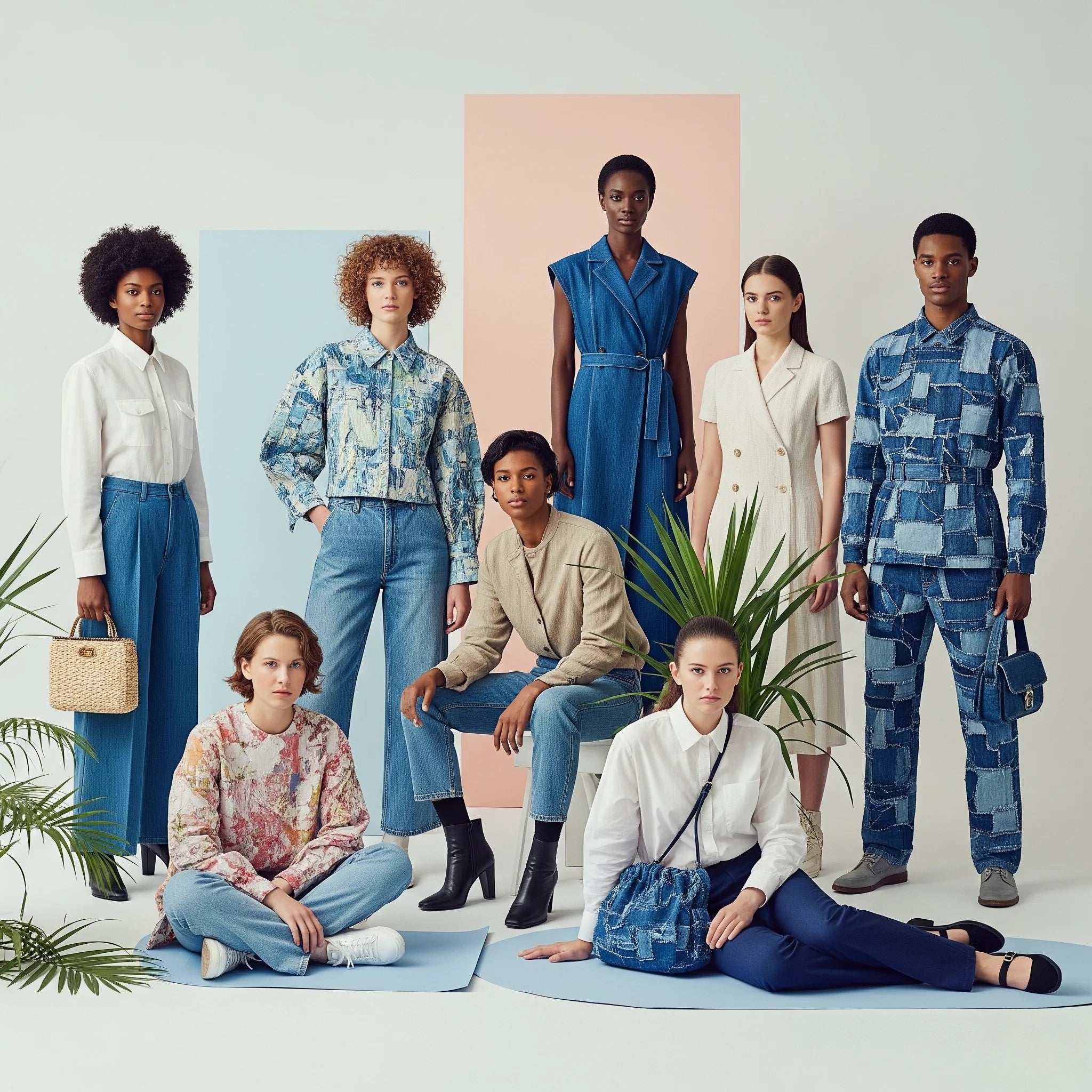The fashion and beauty industries are at a defining moment. Consumers demand sustainable solutions, and brands are innovating to meet this expectation. From 2024 to 2025, new technologies have transformed materials, production, and digital processes. Bio-based textiles, closed-loop recycling, waterless beauty products, biotechnology in formulations, and AI-powered on-demand manufacturing are redefining what sustainability means. These innovations offer real environmental benefits, yet scaling them presents economic, logistical, and behavioral challenges.
Bio-Based Materials: Redefining Luxury and Responsibility
Bio-fabricated textiles like mycelium leather are moving beyond niche markets. Bolt Threads’ Mylo and MycoWorks’ Reishi have attracted collaborations with Adidas, Hermès, and Lululemon. These materials dramatically reduce water and energy use and avoid toxic tanning chemicals. Reishi emits only 8 percent of the CO₂ associated with traditional leather and grows in weeks instead of years.
The challenge lies in cost and supply. Mycelium leather currently costs around fifty dollars per square foot, and traditional leather supply chains are firmly established. Bolt Threads paused Mylo production in 2024 due to financial strain. Yet these hurdles do not diminish the long-term potential. Early adoption by high-profile brands shows that demand exists, and as production scales, prices are likely to become more accessible.
Circular Textiles: Turning Waste into Opportunity
Closed-loop recycling can transform textile waste into new fabrics. Companies like Renewcell and Evrnu are leading the charge. Evrnu can produce 18,000 tons of fiber with under half a million tons of water, a fraction of traditional cotton production.
Failures like Renewcell’s 2024 bankruptcy highlight the difficulty of scaling innovations in a low-margin industry. Circulose pulp cost significantly more than conventional alternatives, making adoption challenging. Still, these setbacks are part of a learning curve. Collaborative models and ecosystem partnerships are emerging to bridge these gaps, proving that sustainable solutions can succeed when risk and cost are shared across the industry.
Carbon Recycling: Innovative Tech in Action
LanzaTech captures industrial emissions to create CarbonSmart ethanol and textiles. Brands like Zara, H&M, L’Oréal, and Coty are already experimenting with these products. While scaling remains expensive, this technology demonstrates that high-impact sustainability is possible when innovation meets collaboration. Financial hurdles can be overcome through strategic deployment and partnership, creating real environmental impact today.
Beauty Innovations: Waterless, Refillable, and Lab-Grown Ingredients
Waterless beauty products and refillable packaging reduce water use, shipping emissions, and plastic waste. The Body Shop and L’Occitane have scaled these programs globally, proving the model works. Lab-grown collagen and biotech ingredients provide ethical, high-performance alternatives, initially in the luxury segment. Consumer behavior remains a barrier, but education and convenience can turn interest into consistent adoption.
Digital Transformation: AI and On-Demand Manufacturing
AI and on-demand manufacturing help brands combat overproduction and improve transparency. Print-on-demand technologies reduce waste and increase profitability, while platforms like Provenance verify sustainability claims. Energy use from AI data centers remains a concern, but ongoing efficiency improvements and renewable energy integration offer realistic solutions.
Moving Forward: How Change Happens
Sustainability in fashion and beauty is not a single breakthrough but a collective effort. Brands, innovators, and investors can work together to scale technologies responsibly. Consumers can choose products that align with circular principles, reward brands for transparency, and support innovations like bio-based textiles and waterless beauty. Policymakers can provide incentives for renewable energy use, circular production, and supply chain transparency.
The future of sustainable fashion and beauty is promising. By combining innovation, collaboration, and conscious choices, we can create a system that is both environmentally responsible and commercially viable. Every step, from choosing a refillable product to supporting a bio-fabricated textile, contributes to reshaping the industry for good.





